Aegean Ferrous and Non-Ferrous Metals Exporters' Association President Yalçın Ertan evaluated the export figures of the first half of 2021...
Aegean Ferrous and Non-Ferrous Metals Exporters' Association made a quick start to 2021 and signaled that it will exceed the export targets of the whole year in the first half of the year.
In the first 6 months of 2021, Aegean Ferrous and Non-Ferrous Metals Exporters' Association achieved an export of 985 million dollars. This export figure, which was captured by the export of 740 thousand tons of products, showed that there was an increase of 53 percent in value and 16 percent in quantity compared to the same period of the previous year.
On the basis of value, our region's exports of ferrous and non-ferrous metals correspond to 6.5 percent of Turkey's overall exports of the same sector. With the successful performance of our region's companies, 687 million dollars of this export was made of iron and steel products, 165 million dollars of copper products, 44 million dollars of aluminum and 89 million dollars of metal products.
While exports of iron and steel products increased by 16 percent on amount and 54 percent on value basis in the first 6-month period, copper products, the second most important export group, increased by 11 percent on value basis and 71 percent on value basis.
In the first half of 2021, the 3 countries with the highest exports of 985 million dollars by the companies of our region were Germany with 117 million dollars, the United Kingdom with 61 million dollars and Yemen with 51 million dollars.
As it is known, since 2018, our iron and steel industry has been going through a difficult process due to the protective measures, additional taxes, trade wars, anti-dumping investigations and low consumption in the domestic market, which are being implemented in the US and EU markets, which are our main markets.
Although we entered 2020 by reducing these problems with our companies' attempts to turn to new markets and value-added production, the negative effects of the Covid-19 epidemic, which started in March 2020 and affected the whole world, primarily China, affected both our industry and the industries that use our products as input.
Nevertheless, although we slowed down in the 1-2 months period from the beginning of the epidemic, our sector companies faced this challenge with great devotion and managed to strengthen the sector again by adapting quickly.
Despite all the negativities, our Aegean Ferrous and Non-Ferrous Metals Exporters' Association left 2020 behind by earning 1 billion 361 million dollars in foreign currency to Turkey.
We set an export target of 1.4 billion dollars at the beginning of 2021, but thanks to our high performance in the first 6 months, our exports in the last 1-year period increased to 1.7 billion dollars, it seems that we will easily exceed our export target if the conditions continue like this.
Although the decision of the EU to continue the 3-year quota application for 3 years as of July 1 will of course cause problems for our sector, products are sent to more than 170 countries by our ferrous and non-ferrous metals exporter companies in our Aegean region.
As an alternative to the EU and USA markets, African and Latin American countries and Far East countries, where our sales have decreased in recent years, have been added to these countries. Thanks to the experience and adaptability of our exporter members, we, as the Board of Directors, maintain our positive outlook for the coming year.
We have an increasing momentum every month in our exports from the Aegean Region. As the industry, there has been no disruption in orders since the beginning of the year, and steel users, who are worried about the increase in raw material prices, increase their purchases in order to keep sufficient stocks.
The positive development of the sector is also evident in the increasing trend in various markets, including the USA and the Far East. China, which turned to alternating production in coal-ore-based blast furnace facilities to reduce carbon emissions, removed the export tax support and turned to the domestic market due to the zero import duties on some inputs. provides an opportunity to dominate.
On the other hand, as a sector, our capacity utilization rate and investments made in this direction are increasing. This situation will permanently make Turkey the largest steel producer in Europe and the seventh largest in the world in the long run.
In order to support this goal, we are aware that it is essential to keep up with the changes in order to maintain our competitiveness in the global market, and we have observed how quickly and successfully our industry has adapted to new conditions in the last 20 years. In this direction, we are working to fulfill our duty to adapt to the initiatives made to reduce the carbon footprint, protect the environment and prevent global warming, especially in Europe.
Within the scope of the European Green Consensus, there are targets to reduce the carbon footprint to 50 percent by 2030 and to zero by 2050. There is also a carbon tax at the border. It is important that our iron and steel industry, which is among the sectors that emit the most carbon, does not lose its competitive advantage in this direction, and it is important to raise awareness and take initiatives to reduce the carbon footprint with green production without wasting time.
Our biggest goal is to adapt the entire sector to green transformation, but of course, this requires a process. In order to reach the 2021 export target of our Aegean Ferrous and Non-Ferrous Metals Exporters Association, we aim to form a working group on reducing the carbon footprint of the sector, and take initiatives on green energy conversion, the use of hydrogen instead of coal, and the circular economy.
In addition, our membership in Responsible Steel, Europe's clean and sustainable production certification initiative, is about to be completed. Again, we pressed the button to start a UR-GE project in order to raise awareness of companies on sustainability and reducing carbon footprint, we are collecting preliminary requests and we will make our application in a short time.
A large part of Turkey is located in the seismic belt, and İzmir is one of the most dangerous regions. Earthquake is a natural disaster that we need to fight together and evaluate with scientific data, and necessary precautions must be taken before an earthquake occurs.
For security, the steel structure model, which is an extremely safe model against earthquakes with its non-fragile flexible structure, strength and lightness, should be popularized in buildings. Unfortunately, the awareness of the steel structure system in Turkey is quite low. While the steel system usage is around 40 percent in Europe and America, this figure is around 1 percent in Turkey.
It provides a significant advantage with its long service life compared to the commonly used reinforced concrete model, with its construction feature that does not have the risk of corrosion and decay. In addition to building safety, we plan to carry out studies in the coming period to explain the steel structure system to more stakeholders, as it enables wide and spacious spaces to be created in terms of design and the application of aesthetic architecture.
In order to increase our exports even more, we need to increase the production level in the product range, which we can call high-quality, alloy steel, with high added value. In this regard, investments are increasing throughout the country, especially in our region, and it is very important in terms of value-added product exports and its contribution to the Turkish economy.
In order to realize the Industry 4.0 vision in the iron and steel industry, we need to feed information to our ecosystem and carry out the process in detail from production to R&D.


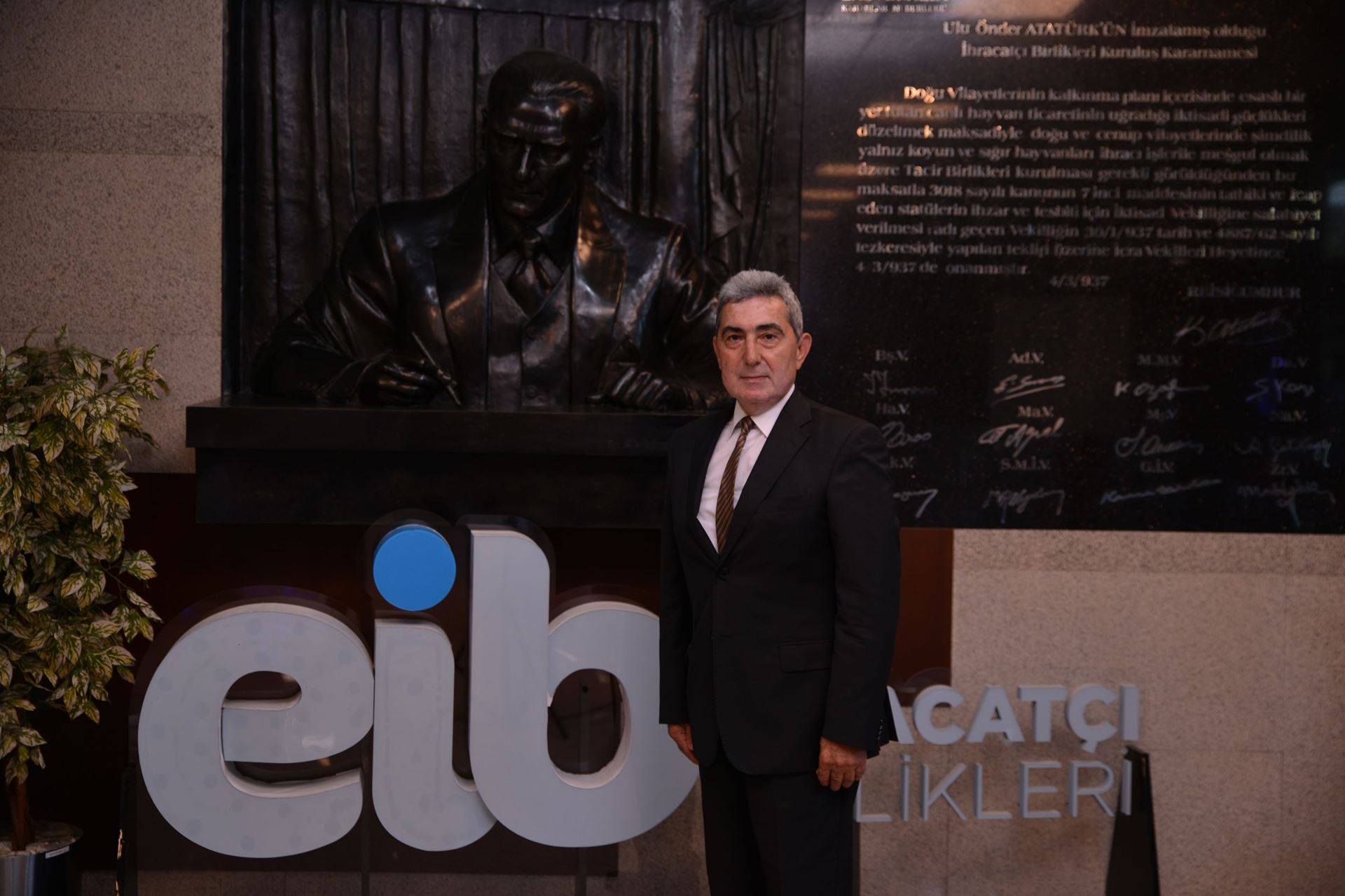
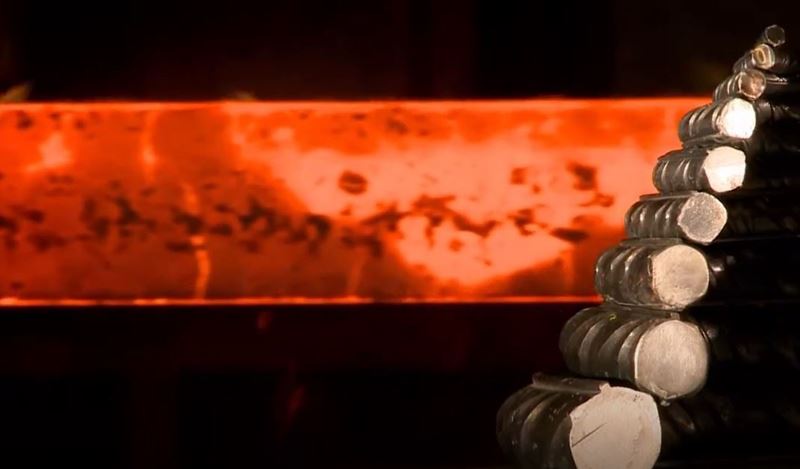
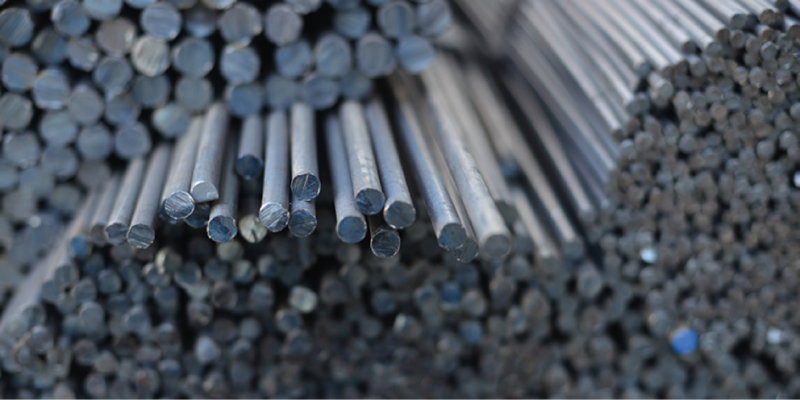
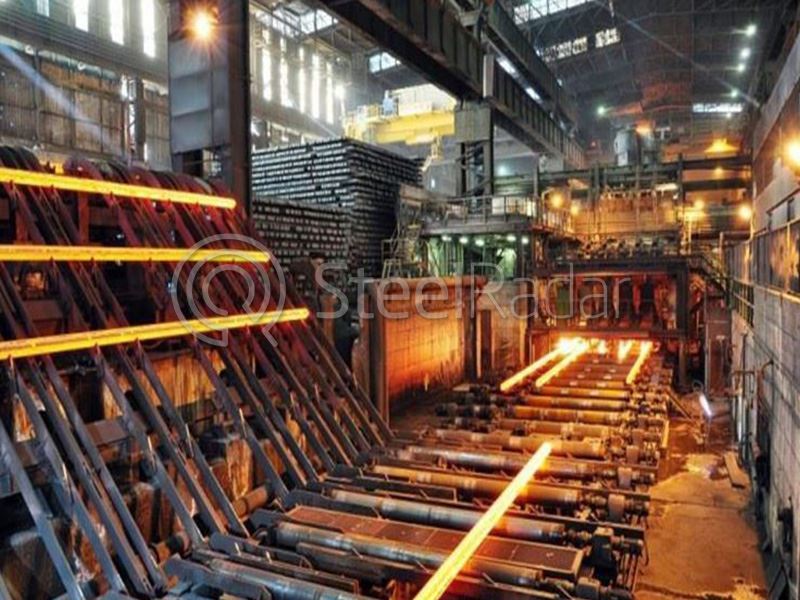
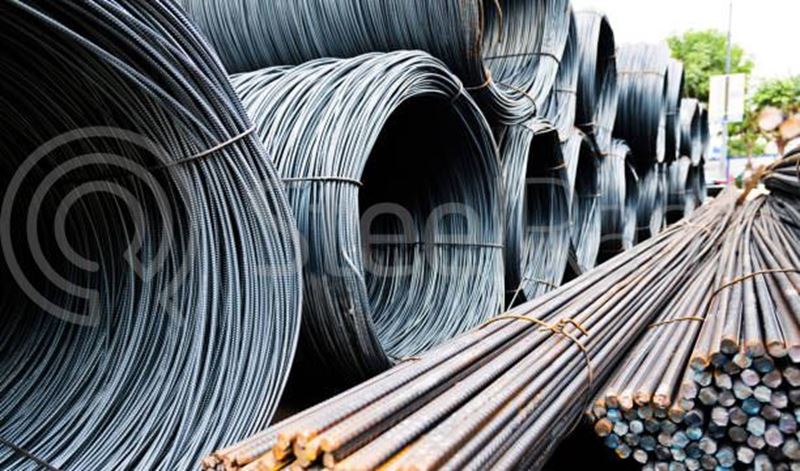
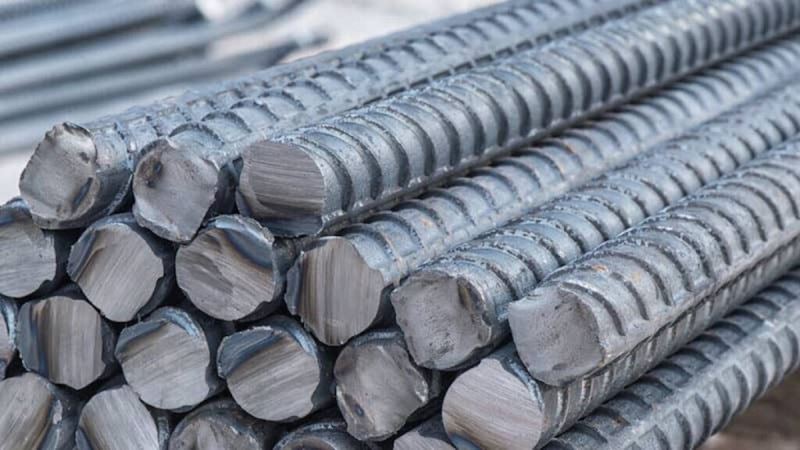

Yorumlar
Henüz yorum yapılmadı